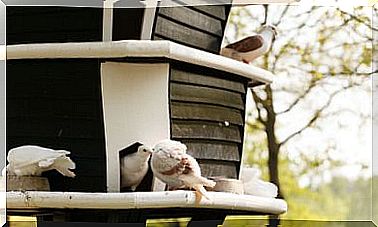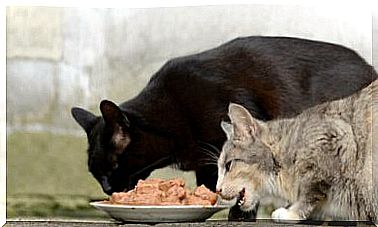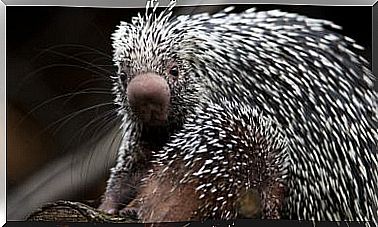The American Black Vulture: Conservation Status
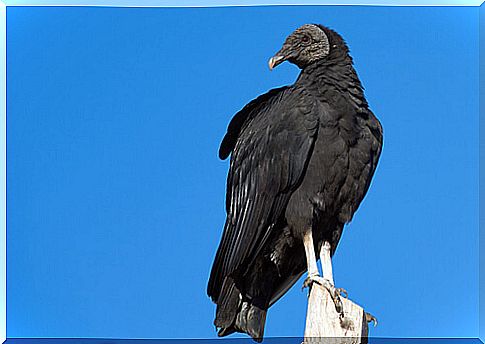
Vultures are one of the most imposing birds that roam the heights. In the skies and prairies of the United States and South America, the American black vulture is one of the most abundant specimens. In this article we will tell you more about its classification, its characteristics and its conservation.
Who is the American black vulture?
Nature – and therefore zoology – tends to similarly name or label animals with a certain resemblance. In the case of the animal in question, one thing must be clarified before starting. Surely, some of you are aware of the presence in the European landscape of the great black vulture ( Aegypius monachus ), which roams some mountainous areas of the Iberian Peninsula.
Beyond its name and its scavenger diet, the European and the American specimen have no more relationship. The similarity that both species present –with how distant they are– is due to a phenomenon known in biology as convergent evolution.
But the truth is that the American black vulture ( Coragyps atratus ) belongs to the cathartid family, also called New World vultures. This family includes seven different species, all of them distributed by America.

This animal has a fairly long collection of names, depending on the geographical area: it is called a buzzard in Honduras and Mexico, a gallote in Panama or a black-headed jote in Venezuela. Currently there are up to three subspecies of this animal.
General characteristics
We are facing a large raptor, which gives it the appearance of an imposing bird of prey. In general, their wingspan –from wing to wing– usually varies between 1.30 and 1.65 meters, and they have a maximum length of 74 centimeters. Weight varies between males and females, and there may also be slight variations between subspecies.
The body of this vulture has wrinkled skin and a dark grayish color. This skin is easily noticeable on the head and neck, due to the absence of plumage. As its name indicates, the plumage of this vulture is deep black. In some areas of their primary feathers they present a white spot, which is visible when they are in flight.
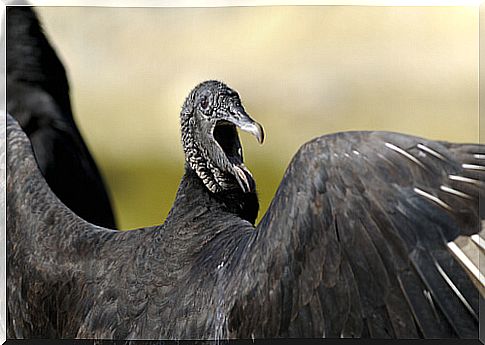
Conservation status of the American black vulture
To this day, the International Union for Conservation of Nature classifies this species with the seal of ‘least concern’. This implies that the population maintains a stable level, so for the moment its disappearance does not worry.
However, it is beginning to be seen how in some regions their numbers are decreasing, and that, probably, it is due to the loss of habitat for nesting. In some regions of the United States, hunting, hunting, or possession of these animals is punishable by law. Despite this, many farmers consider the American black vulture as a threat, and it is that they allege their harassment on young cattle.
Habitat and food
Typically, the American black vulture prefers the open range, interspersed with wooded areas or lowlands. It usually avoids high mountain areas, so it is relatively easy to observe it in humid forests or swamps. It can even be spotted near cities or towns.
Being a scavenger, this vulture is always looking for decaying meat. To find it, they use a powerful tool: sight. They can locate their prey or follow the trail that other vultures leave until they reach the carrion they will consume; the feeding habit of vultures is very important for the overall maintenance of the ecosystem.
If carrion is scarce, it can also feed on decomposed plant matter or eggs. On some occasions, the American black vulture is capable of hunting live cattle or deer. This behavior, surprising for an animal of this type, has not been seen in other vultures of the New World.

